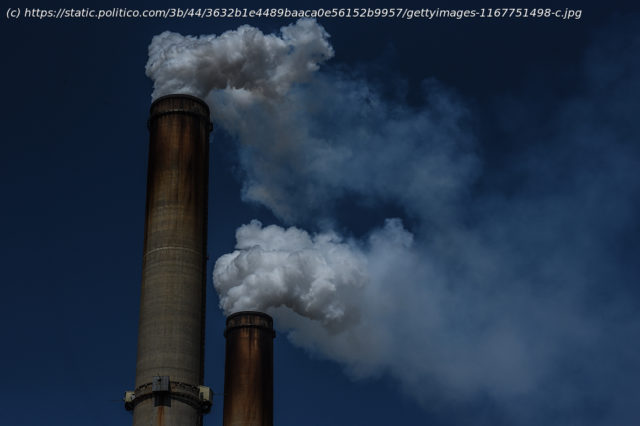The president wants a sprint to slash greenhouse gas output throughout the U.S. economy. But electricity is the only sector with a running start.
President Joe Biden’s ambitious climate pledges come down to one main question: How much greener can he make the U.S. power grid? The United States has made almost no progress in cutting greenhouse gas emissions from its other major carbon sources — vehicles, buildings, factories and farms. The U.S. reduced emissions by only 12 percent from 2005 through 2019, so it will have to more than triple its carbon-slashing pace to meet the target Biden announced Thursday: 50 to 52 percent reductions from 2005 levels by 2030. The one bright spot, accounting for virtually all the reductions that America has achieved, has been the rapid transformation of U.S. electricity. The power sector’s emissions have already decreased by more than one-third, as dirty coal-fired power plants have been replaced by cleaner-burning natural gas and zero-emissions wind and solar. The nation’s non-electricity emissions actually increased a bit before Covid put the economy on pause. So while Biden’s $2 trillion-plus infrastructure plan aims for tectonic shifts throughout the economy, its success will depend mostly on cleaning up the grid even faster. This is partly because electricity is the only sector with clean, cheap and effective alternatives to fossil fuels that are already expanding their market share. And it’s partly because clean electricity will magnify the climate benefits of electrifying sectors like transportation in the future. “The power sector still has the lowest-hanging fruit,” said Ed Crooks, vice chair for the Americas at the energy consultancy Wood Mackenzie. “The rest of the economy looks a lot more challenging.” The global game plan for phasing out fossil fuels is fairly straightforward: Shift to clean electricity while electrifying as much of the rest of the economy as possible. The U.S. has had remarkable success with the first part, eliminating more than a third of its electricity emissions since 2005 by retiring more than half its coal plants. It’s the rest of the economy that’s been a problem. Transportation emissions decreased just 5 percent before the pandemic, industry emissions barely budged, and emissions from buildings and farms slightly increased. Government mandates for more energy-efficient furnaces and fuel-efficient cars have been offset by consumers buying bigger houses and more gas-guzzling SUVs. Now Biden wants an economywide sprint to halve emissions, and electricity is the only sector with a running start. The White House did not unveil specific 2030 targets for various sectors Thursday, but energy analysts believe that electricity emissions may have to drop more than 80 percent from 2005 levels to make the math work, and Biden has already set a goal of a completely emissions-free power grid by 2035.






